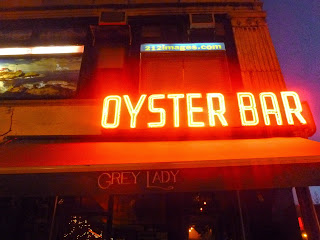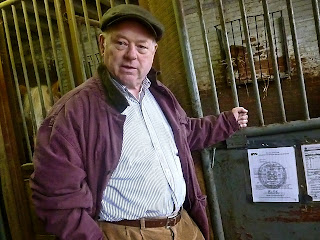Rizzoli Bookstore, after 30 years on 57th Street, will be closing its doors tomorrow, its gorgeous building slated for demolition. There is, however, one last chance, as Landmarks considers an application to preserve its interior . Here's what will be turned to dust by Vornado and LeFrak if Landmarks says no. The intricately decorated ceiling is loaded with imagery--birds, cherubs, and goddesses, along with winged monkeys tooting horns while riding on the backs of gryphons. No kidding. Well, they look like flying monkeys. Here's another description: " An explosion of birds, flowers, shells, chimeras, putti riding hippocamps, and maidens dancing to the accompaniment of lyres and harps ." Rizzoli may not return to this space, but the building is worth preserving, and we can't let the developers win another one. Sign the petition to save this building. And check out Rizzoli's 40%-off moving sale -- it ends tomorrow.















